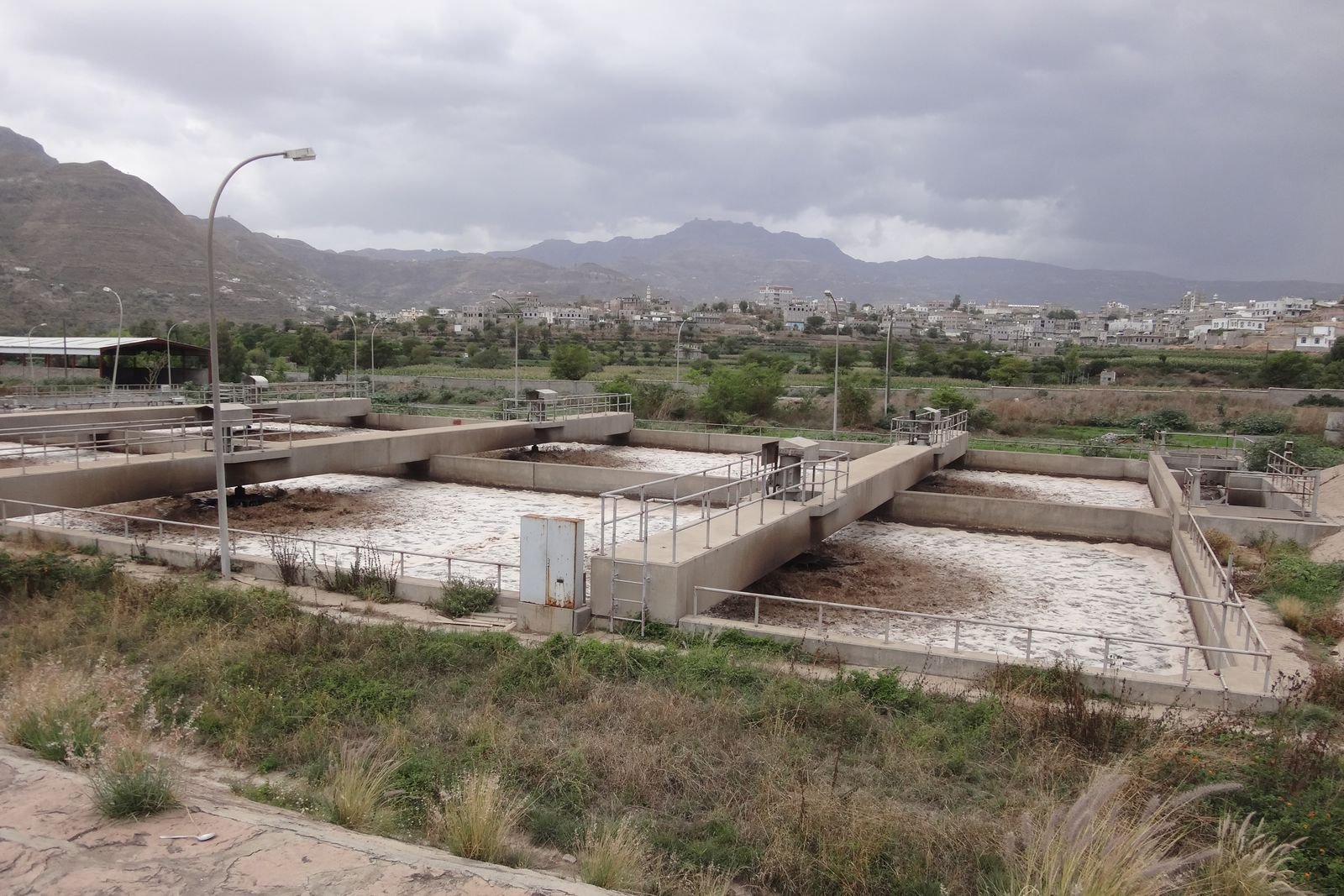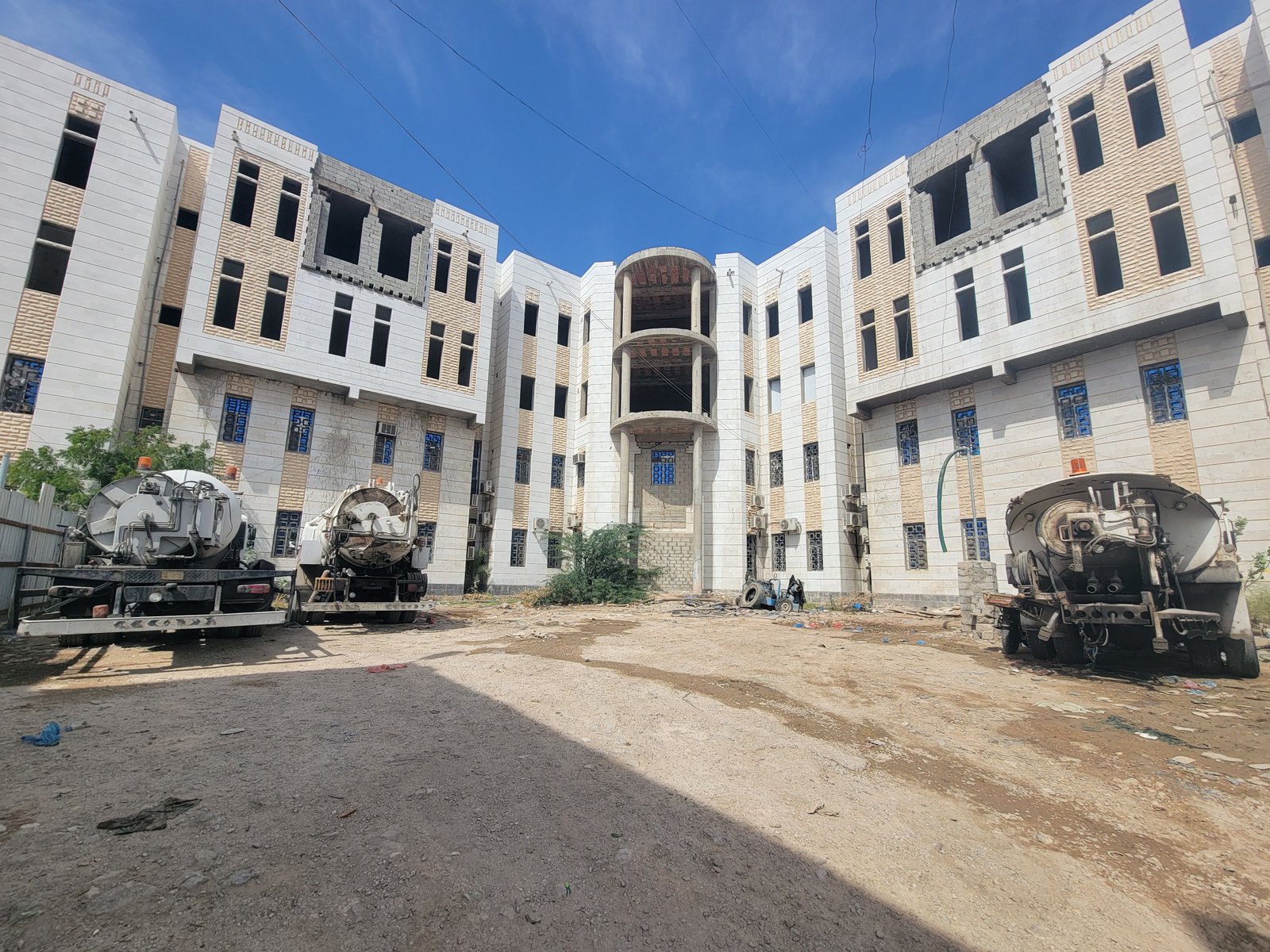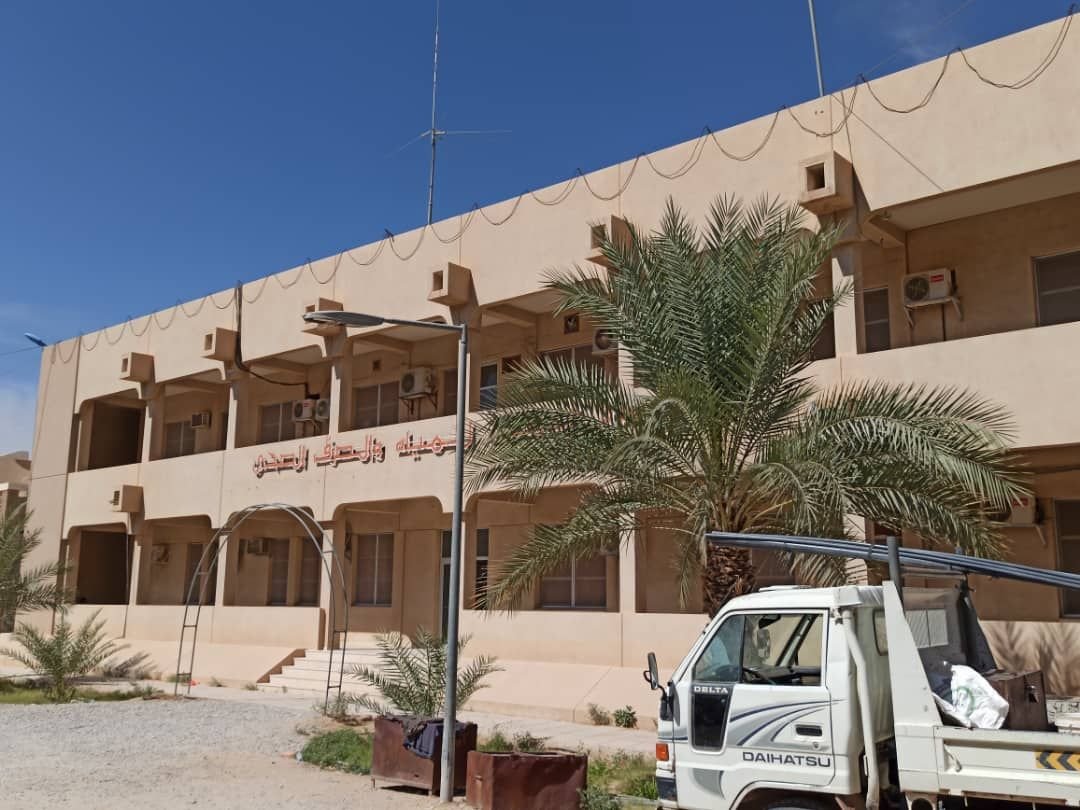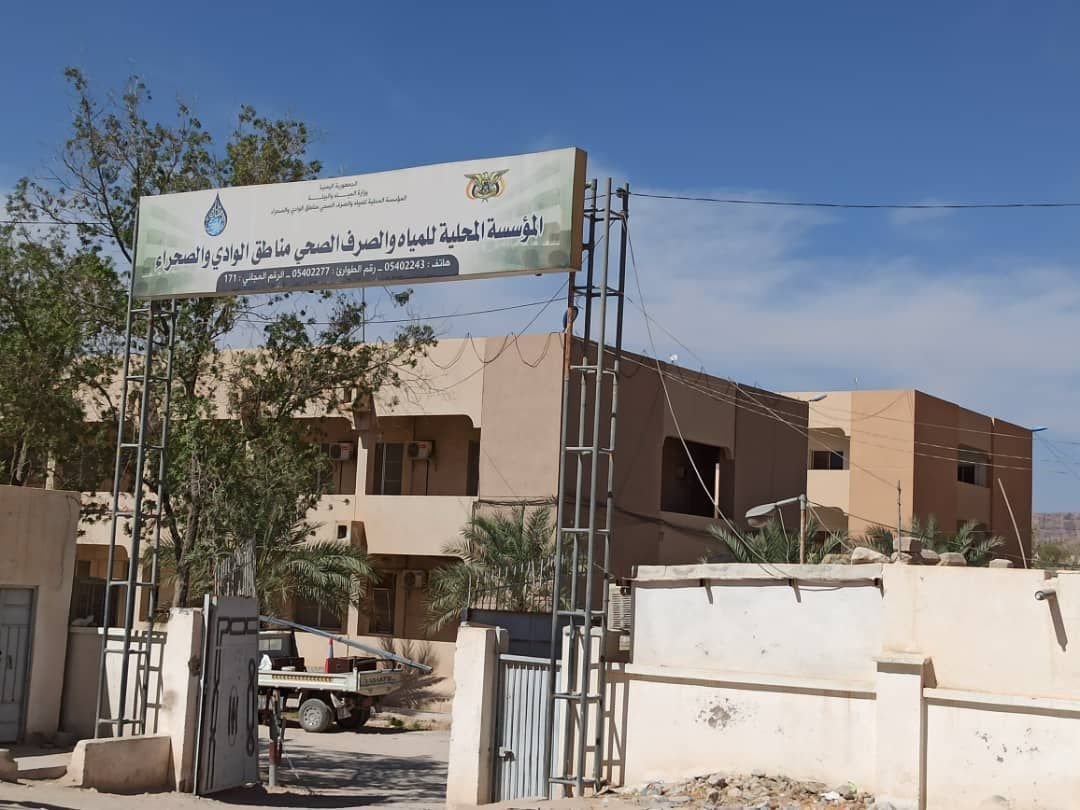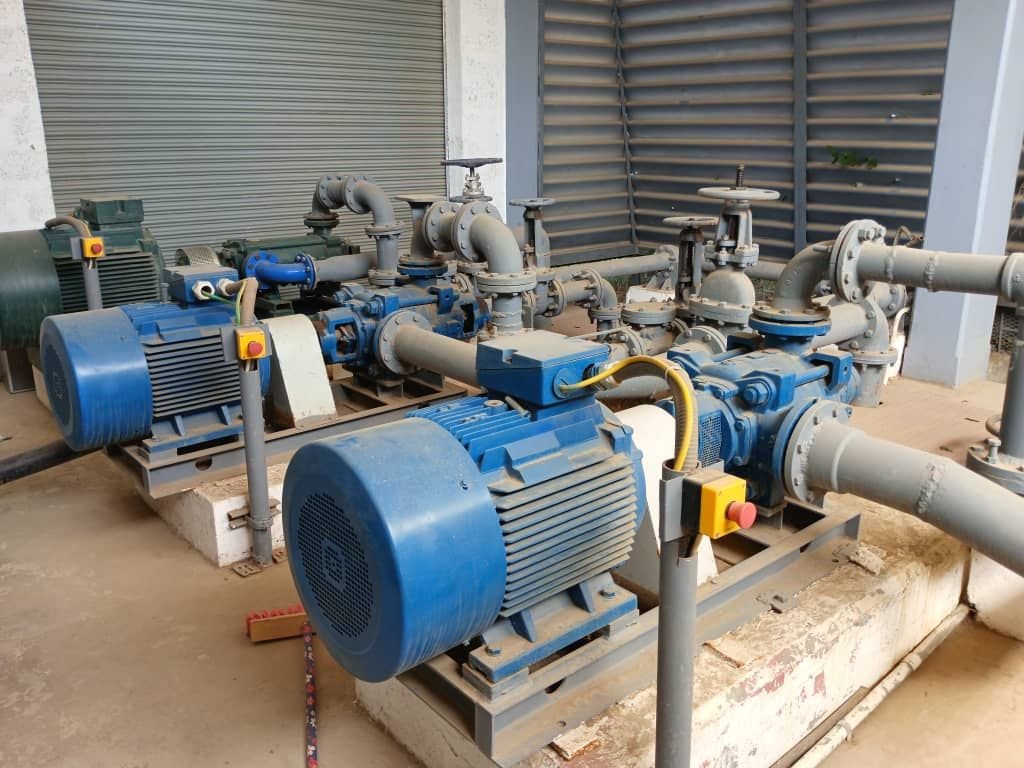Damage Assessment Study (DAS) of the Urban Water Supply and Sanitation Situation in Yemen – Stage IV
Since the beginning of the political crisis in Yemen in 2015, and over time, the structure has been affected. Major infrastructure and public serviced are significantly reduced, including poor service and performance Local water and sanitation institutionsGenerql bqckground qbout DQS studies and ranches, where they all face difficulties the sustainability of the operation and maintenance of its infrastructure; Most of them are unable to provide Sufficient water and sanitation services for the population. As a result of the prolonged crisis period, Suspension or liquidation of donor-funded projects to rehabilitate and expand networks
read more